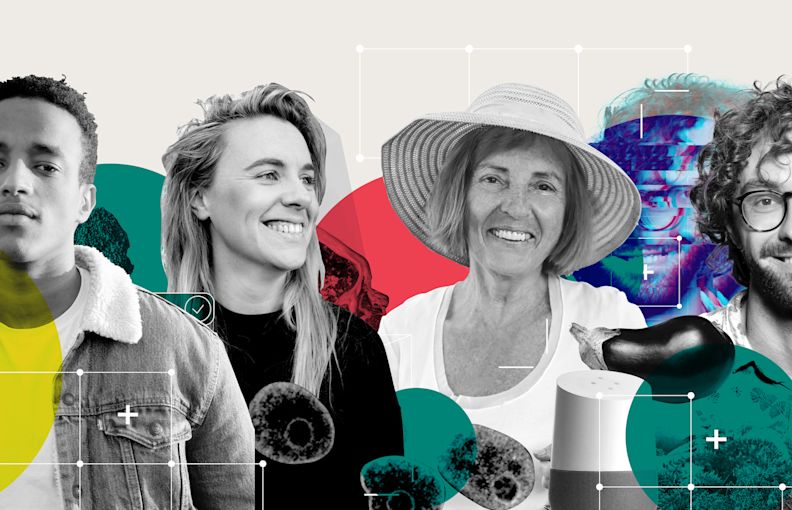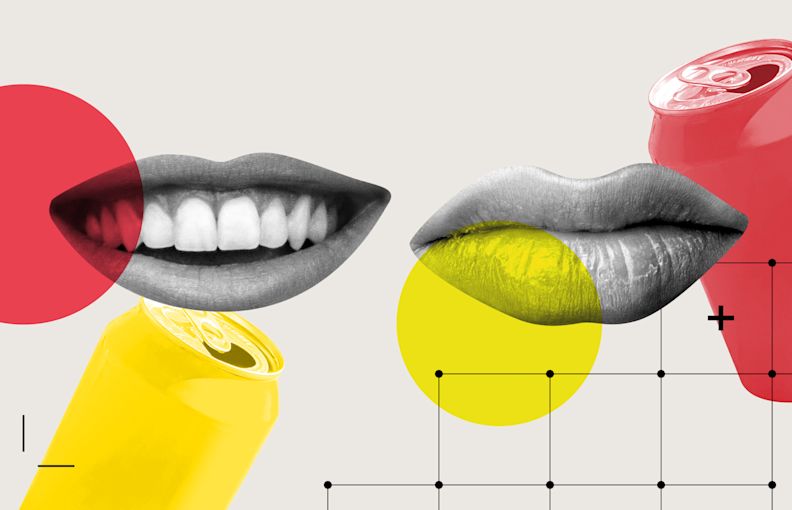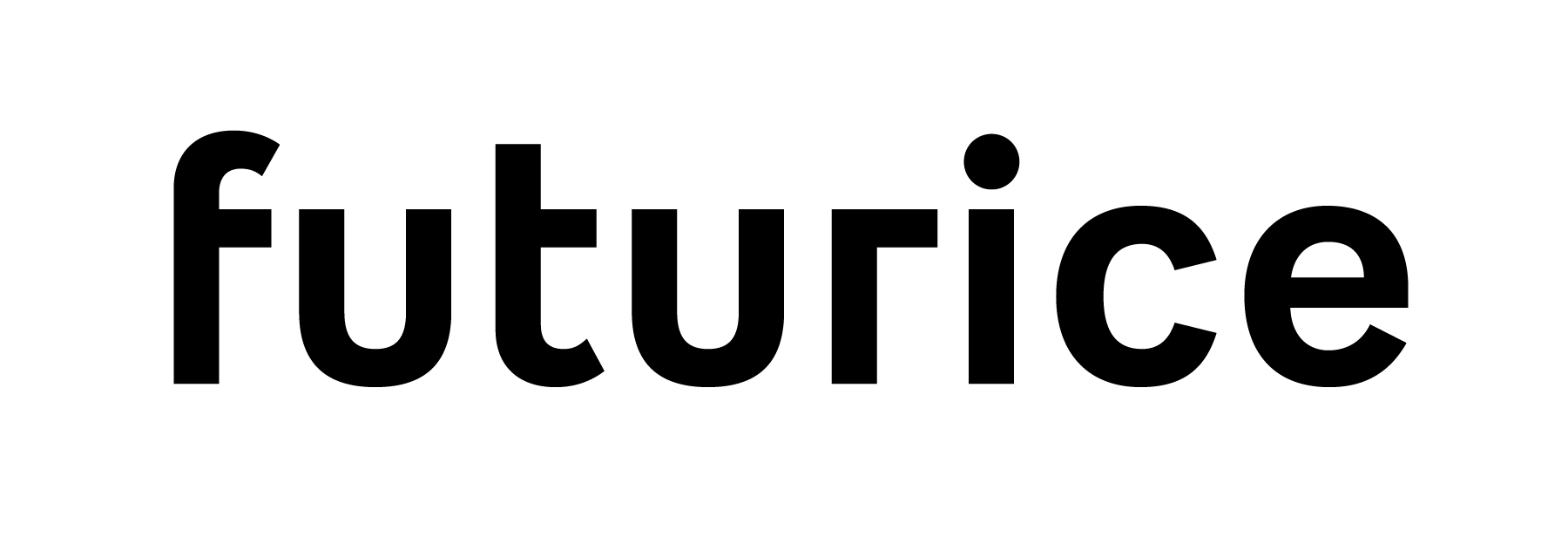Sustainability typically isn’t the main factor behind a purchase decision, but it is very much of interest to consumers. Consumers would like it to be easier to make sustainable choices because easy choices and small actions in daily life give them a sense of control over their sustainability.
According to a recent ethnographic study*, consumers would like it to be easier to make sustainable choices because easy choices and small actions in daily life give them a sense of control over their sustainability. Examples of small actions include recycling, avoiding littering and plastic, and preventing food waste.
Consumers accumulate knowledge about sustainability themes little by little and from different sources, mainly our close social contacts, social and traditional media, advertisements, product packaging, and documentaries. The level of knowledge can be very detailed in some themes and very generalised in others.
With so much information available about sustainability, the consumers find it difficult to navigate through the intricacies. Therefore, easy choices and clear indications about sustainability, such as Finnishness, familiar certificates, and clear packaging information, are appealing in everyday life.
Communicating clearly and offering comparability of choices strengthens the consumer’s sense of control. Companies have an important role in spreading information about sustainability, even though they are often suspected of greenwashing and pursuing financial gain when talking about sustainability. This mistrust can be tackled by communicating clearly, transparently, and boldly. Clear information in product packaging makes decision making easier and helps in the intuitive perception of overall sustainability.
Very often sustainable actions lack concreteness and clarity. Consumers want to know what concrete steps companies have taken to be more sustainable. Consumers want to know the whole life cycle of products. Concrete examples and numbers provide context to perceived sustainability and make it easier to compare different products. However, the carbon footprint theme and carbon neutrality objectives can be difficult for consumers to grasp, as they are neither concrete nor comparable.
The benefits to consumers are often the most appealing in sustainability communication. Therefore, Simon Sinek’s old thinking “start with why” applies here too: find your why, which creates a sustainability win-win situation for both the consumer and the company.
Hanna Hiekkamies, Senior Vice President, Group Sustainability
* Ethnographic study on sustainability, 2021, Kenno Anthropological Consulting
The future of retail revealed: Read our thought-provoking speculations on how people will buy groceries in the future. Download the Future of Retail 2030 Vision - with insights on opportunities for retailers, trend materials and future scenarios.
Valio’s sustainability actions in a nutshell
Valio has an ambitious goal to reset milk production’s carbon footprint to zero by 2035. A carbon-neutral milk chain means that at least the same number of emissions is reduced and removed from the atmosphere as is generated on dairy farms, in transportation, at the plants, in the manufacturing of packaging, and elsewhere along milk’s journey from the farm to the grocery store. We are aware of the environmental impacts of milk production, and we are actively reducing them. We have calculated the carbon emissions of milk production and have initiated specific measures in our operations – from dairy farms to production and from product use to packaging waste.







